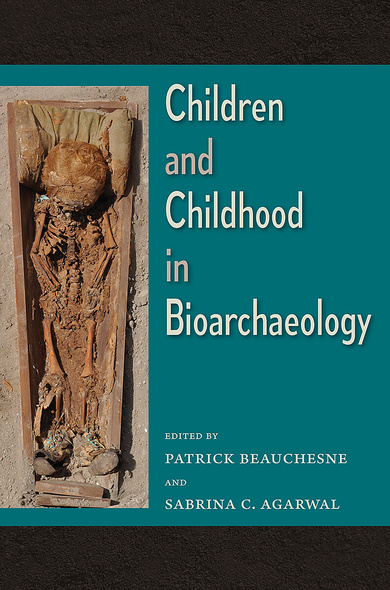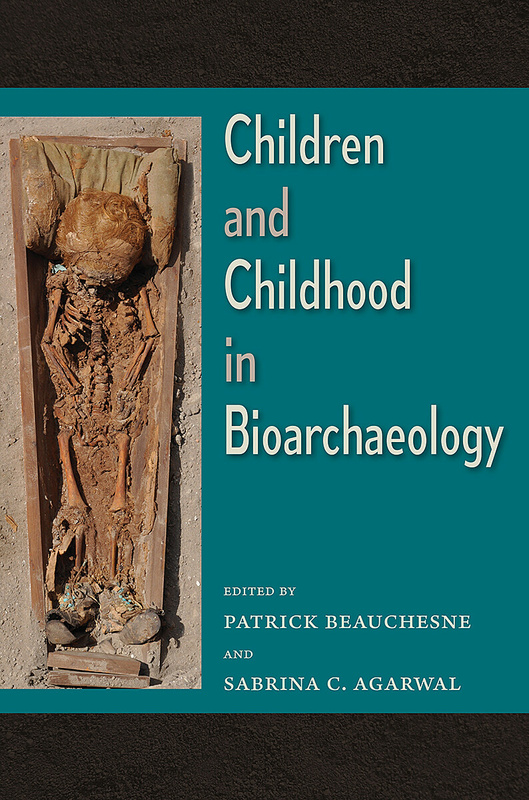Children and Childhood in Bioarchaeology
Bioarchaeological Interpretations of the Human Past: Local, Regional, and Global Perspectives
As researchers become increasingly interested in studying the lives of children in antiquity and their place in the archaeological record, this volume argues for the importance of a collaborative biocultural approach. Contributors draw on fields including skeletal biology and physiology, archaeology, sociocultural anthropology, and pediatrics to show that a diversity of research methods is the best way to illuminate the complexities of childhood. Wide-ranging case studies provide a rich global and temporal perspective on childhood in the past, including in prehistoric Peru, Colombia, and North America; in Roman Egypt; and in Industrial Revolution–era England. Applying analyses of stable isotope data, epigenetics, funerary patterns, skeletal trauma, bone microstructure, dietary histories, and breastfeeding and weaning trends of the past 10,000 years, this holistic study emphasizes the role of children in ancient societies not as accessories to their parents but as individuals with their own meanings, symbolisms, and identities. Emphasizing a life course approach and developmental perspective, this volume’s interdisciplinary nature marks a paradigm shift in the way children of the past are studied. It points the way forward to a better understanding of childhood as a dynamic lived experience both physically and socially. A volume in the series Bioarchaeological Interpretations of the Human Past: Local, Regional, and Global Perspectives, edited by Clark Spencer Larsen Contributors: Sabrina C. Agarwal | Patrick Beauchesne | Tina Moffat | Tracy Prowse | Dan Temple | Marla Toyne | Haagen D. Klaus | Siân Halcrow | Raelene Inglis | Rebecca Gowland | Sophie L. Newman | Jessica Pearson | James H. Gosman | David A. Raichlen | Tim Ryan | Tosha L. Dupras | Lana J. Williams | Sandra M. Wheeler | Carl Henrik Langebaek Rueda | Melanie J. Miller
Impressive and refreshing. Incorporates a diversity of contributions that provide novel or updated methodological and theoretical approaches and concepts under a biocultural and life-course perspective.'–Hugo Cardoso, Simon Fraser University 'Heralds a new direction in bioarchaeological research, showcasing a diverse array of studies from across the world which emphasize the importance of multi-disciplinary analysis when seeking to understand the lives of past children.'–Rebecca C. Redfern, author of Injury and Trauma in Bioarchaeology: Interpreting Violence in Past Lives
.. She is also co-editor-in-chief of the journal Bioarchaeology International.





